This website uses a variety of cookies, which you consent to if you continue to use this site. You can read our Privacy Policy for
details about how these cookies are used, and to grant or withdraw your consent for certain types of cookies.
Category - Flumes
Blog
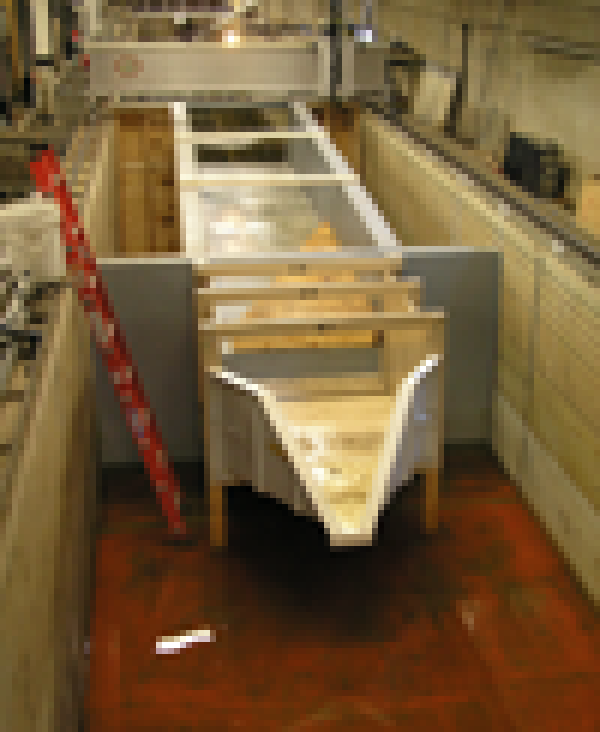
H Flume Approach Length and Flow Accuracy
H flumes are commonly used in catchment and runoff studies. For a variety of reasons it is not always feasible to provide a full-length approach section at the inlet of an H flume. When shortening the approach section of a H flume, there is always the concern of how the…
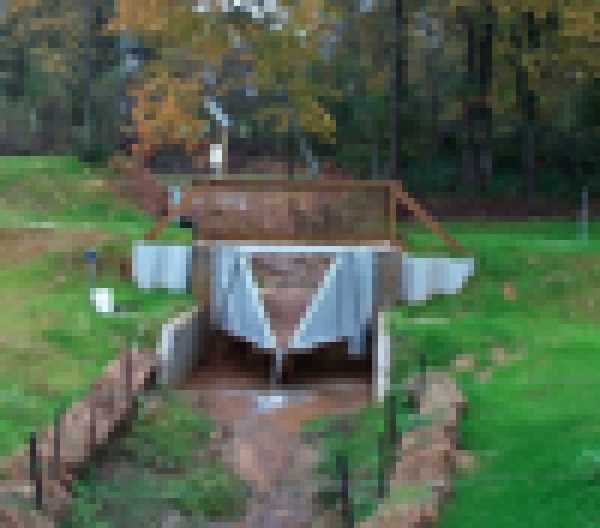
Installation of a 4.5-Foot H Flume to Measure Watershed Runoff
H Flumes have proven to be well suited to measuring watershed runoff from agricultural plots and pastures. The USDA Agricultural Research Service – J. Phil Campbell Sr. Natural Resources Conservation Center (JPCNSRCC) in Watkinsville, GA details the installation of a…

Non-Standard Parshall Flume Sizes
Over the years 22 standard sizes of Parshall flume have been developed. Sized by throat width, these standard flumes range from 1-inch all the way up to 50-feet. With so many sizes available you would think that there wouldn’t be a call (or need) for intermediate…
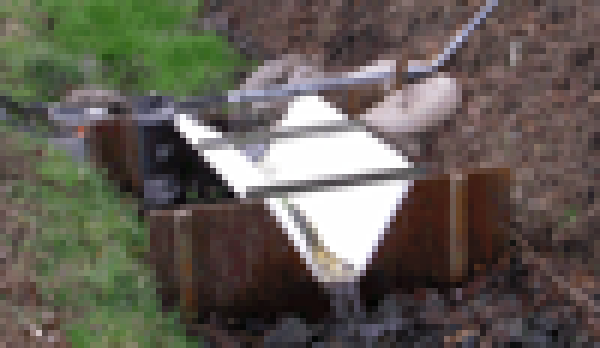
Measuring Ditch Runoff with Trapezoidal Flumes
Salt and pepper. Peanut butter and jelly. Trapezoidal flumes and flow measurement in ditches. What do they have in common? They each go great together! Originally developed to measure flow in irrigation channels, the Trapezoidal flume has become the flume…
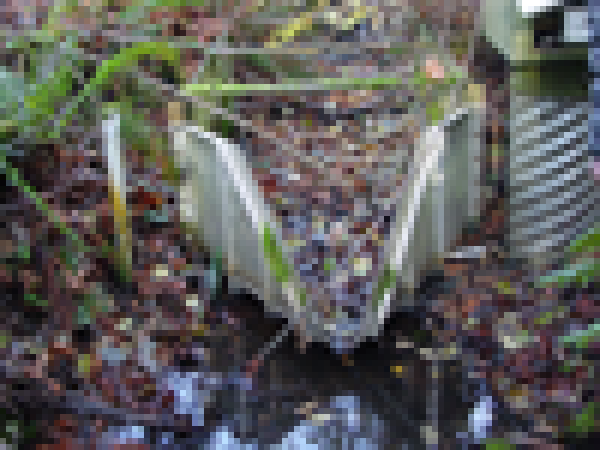
Vegetative Debris and Flumes
Monitoring surface waters presents a unique set of problems not encountered when measuring sanitary or industrial discharges. Chief among these is vegetative matter and the need for flume maintenance. Even flumes that pass solids and debris well can experience flow channelization…

Grades of Stainless Steel for Flumes and Weirs
In selecting a material of construction for a flume or a weir, it is not uncommon for the decision to be made “go with stainless” without a consideration of the grade of stainless that best fits the application. Both T-304 and T-316 stainless steels are…
Stainless Steel Flumes for Flow Measurement
Stainless steel flumes offer the ultimate in abrasion and chemical resistance when measuring open channel flows. While other materials of construction can provide some of these benefits, they either do so only partially (e.g. PVC for chemical resistance but not abrasion) or…

Fiberglass Packaged Metering Manholes
Fiberglass packaged metering manholes are an innovative solution to the problem of needing to measure piped flow below grade. Packaged metering manholes factory integrate a flow element (usually a flume, but weirs and magnetic flow meters can also be integrated) directly into a…
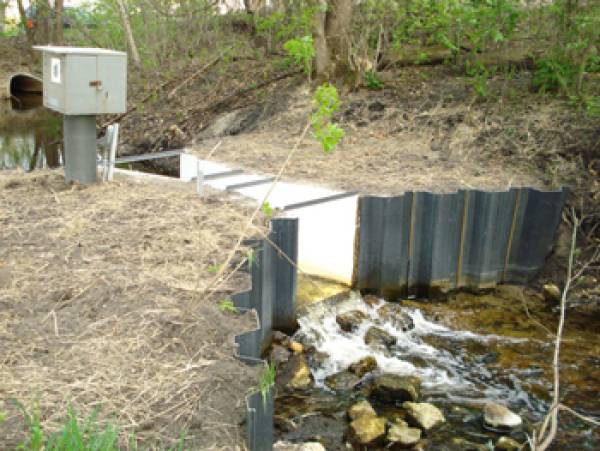
Wall Materials for Diverting Flow into Flumes
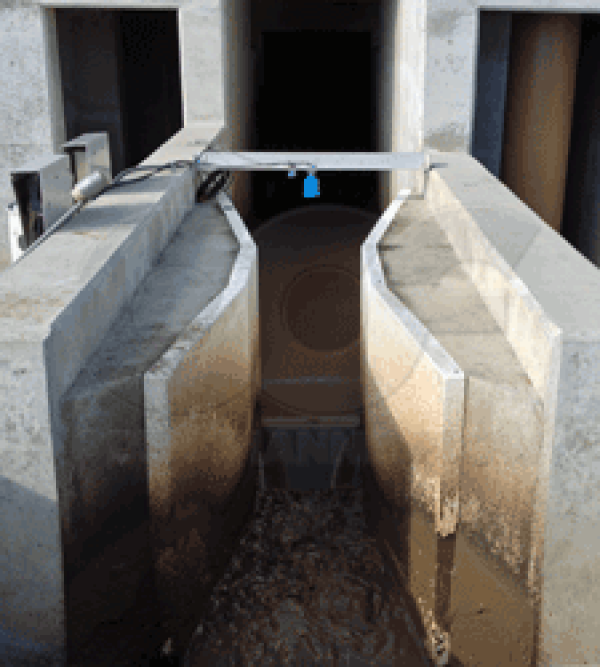
Fiberglass Parshall Flumes at Wastewater Plants
Fiberglass Parshall flumes are the standard for measuring influent and effluent flows at wastewater treatment plants (WWTPs) in North America. Widely used in surface water / irrigation applications, the Parshall flume adapts well to sanitary applications while fiberglass…
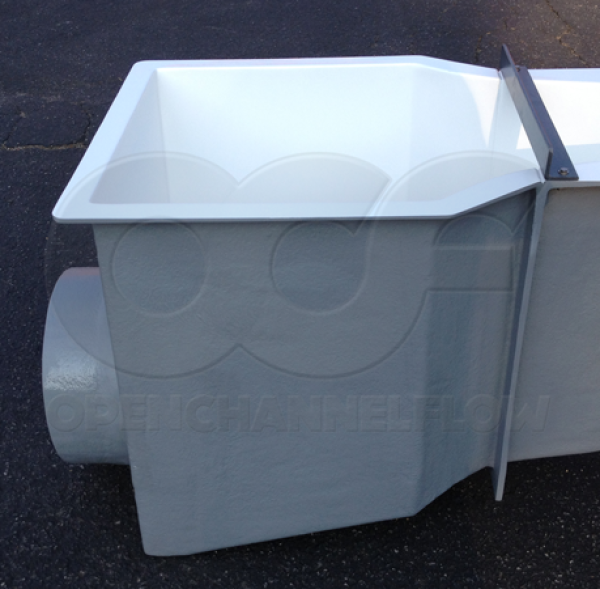
New Parshall Flume Inlet End Adapters
The traditional method of connecting Parshall flumes to piping has been through the use of end adapters. Unfortunately, industry-wide the end adapters currently offered by Parshall flume manufacutrers take a number of short cuts in bringing flow into their Parshall flumes.…

Fiberglass Parshall Flumes
Once found only at wastewater treatment plants, fiberglass Parshall flumes have spread to a variety of applications where other materials have traditionally held sway. The shift from traditional materials like concrete, mild steel, and wood – all used during the…

LOCATIONS IN ATLANTA, GA & BOISE, ID

